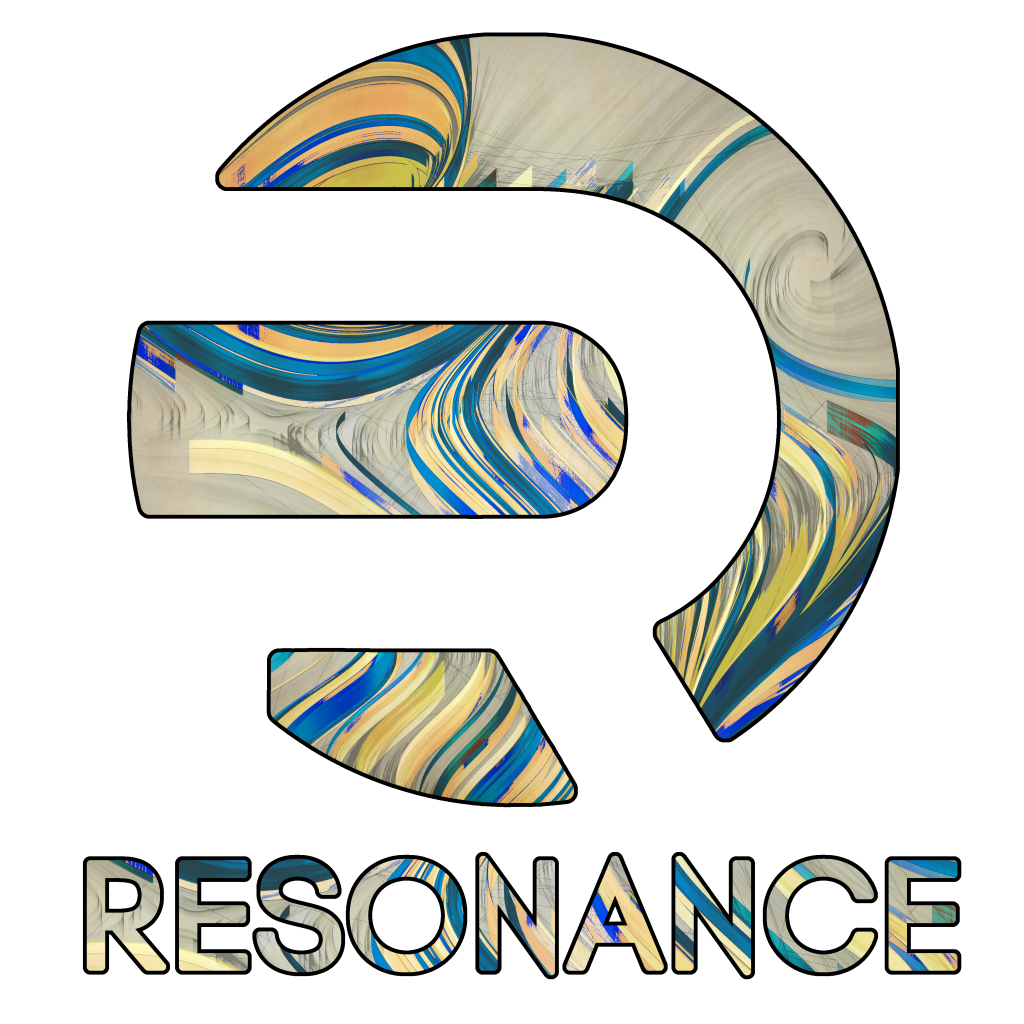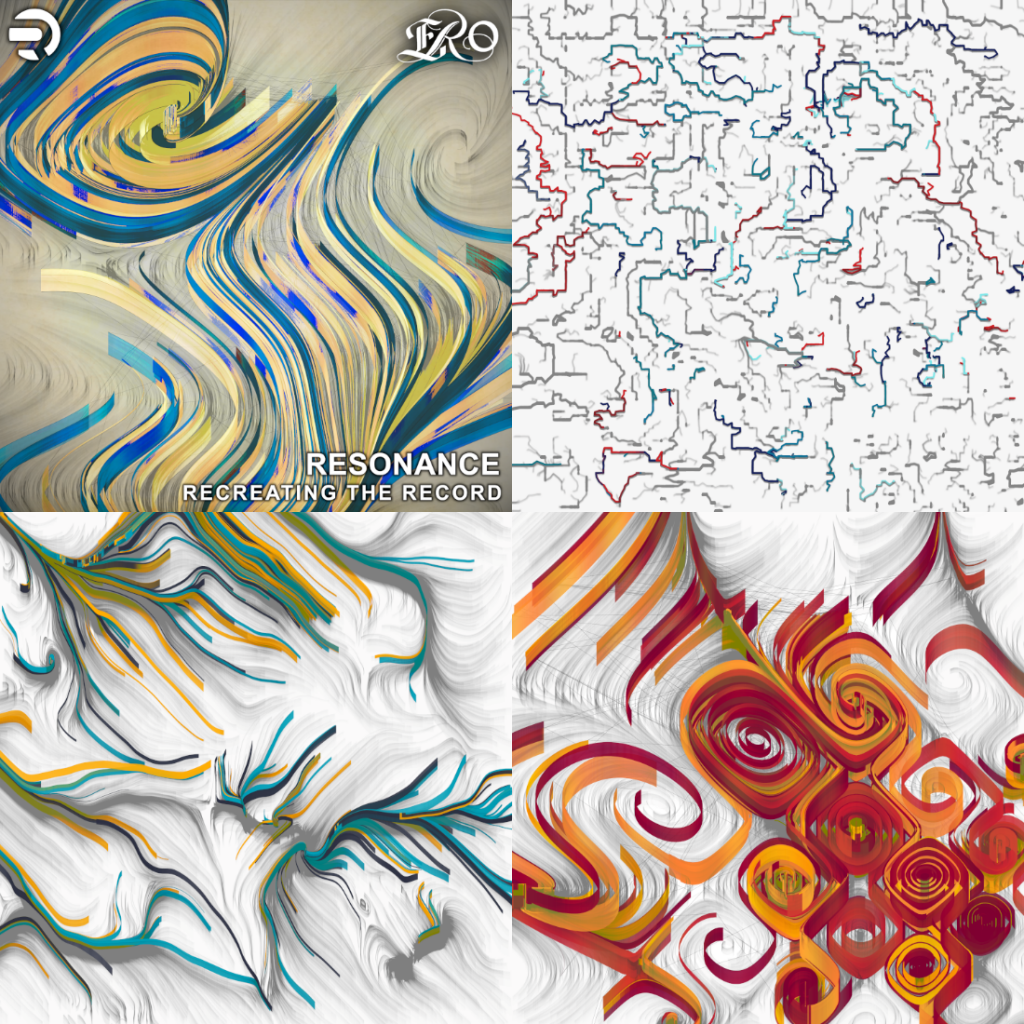Over the course of the UK lockdowns the music collective, Resonance have been working with the ERO to incorporate recordings preserved by us into their work, culminating in an Album which has been launched today!
Chris Adam, co-founder of Resonance takes us through the journey below together with some details about how you can purchase your own copy.

Strangely enough for a project so grounded in history, this album started from a meeting about the future. Sometime in January (I forget the actual date!), Martin [Martin Astell – the Essex Record Office Manager] and I were included in a meeting to discuss ideas incorporating digital technology into art and heritage projects in Essex. It was in this meeting I discovered the amazing resource that was essexsounds.org.uk and realised there was an opportunity for Resonance to collaborate with the Essex Record Office.
The Record Office has an extensive archive of recorded audio material from around Essex. Many of these archives are fragile and at-risk – having been initially captured decades ago on ageing formats such as reel-to-reel tapes, early records or even wax cylinders. These are continuously in the process of being digitised, in order to preserve the audio history of Essex.
All of this is probably old news to fans of the Record Office, but it struck me as a fantastic opportunity to involve the members of Resonance in an interesting project: using the archives of sound to create music that embodies the spirit of revival and restoration. Combining the old with the new.
Resonance was created with the aim of embracing an alternative side to electronic music. Many of our artists embrace the use of analogue and digital equipment, combining 1970s-inspired synthesizers with modern, digital recording methods and technology. The process isn’t all that different to the Record Office’s approach: trying to capture ephemeral one-of-a-kind sounds in a way that preserves their emotional impact.
We therefore arranged for 12 of our musicians to choose samples from the Essex Sounds website that they could use for our own compositions. Once we had cleared the sounds for licensing purposes, we were free to manipulate them however we chose. This could be cutting the samples into pieces so tiny they are perceived by the human ear as a single tone, or changing the pitch and timbre using modular synthesis (think giant electronic switchboards, and you’re not far off what this looks like!). Some of us used guitar effects pedals to change everything into unrecognisable sounds. Throughout this, computers and digital recording processes allow us to capture all these experiments and save them for arrangement and use later.
The result of these experiments is a journey that moves between dark, minimal compositions and uplifting passages that highlight the mixed history of Essex. Nostalgic sounds merge with machinery noises reminiscing of Chelmsford’s scientific and industrial heritage. Field recordings capture the Essex countryside and Southend Seafront, combined with introspective electronic melodies. The ambience of Colchester and its famous Zoo blend with trains and sampled orchestral TV programmes, inviting memories of days out around Essex and the journeys these archives capture.

A few of the initial iterations of the artwork. Due to the stochastic nature of the process around 100 different variations were made and the best selected for the final design (top left).
The artwork for the album was created from the location data of around 400 sounds from the Essex Sounds website. It is essentially a top-down map, where each of the coloured pathways start at a location one of the archived sounds is recorded. From the initial coordinates, lines (or waves) are traced through a “flow field” – a simulation of physical field that assigns a force to every pixel in the image. As the lines move through the space they flow in the direction of the underlying field. This parallels the way that sounds move from a location, following the currents of the air outward until they are heard far away from their original source.
The name of the record was a sticking point for quite some time within the collective. We knew that we wanted to use the word “record” due to its double meaning – both in the archival sense and the musical sense – but the rest of the title eluded us until we finally settled on “recreating”. This summed up the attitude we had of turning the past into something new for the future, the iterative process of recording and preserving the sounds led us into new creative directions.
That’s probably enough of my ramblings for now. Hopefully that’s given you some insight into the thought processes and background to the project, and why it was so interesting for us to work on. Please listen with an open mind and we really hope you enjoy the experience!

The album is available on the 15th July 2021, and released for download on Resonance’s bandcamp page at resonancehq.bandcamp.com.
All proceeds are going to the Friends of Historic Essex charity, who work closely with many heritage organisations to preserve Essex’s history.
For more information on the archives, visit www.essexrecordoffice.co.uk. For a closer look at the archive of sounds then the Essex Record Office have a site at www.essexsounds.org.uk with an interactive map where each sound was recorded.
Updates on Resonance events and work can be found on the Resonance Instagram (@resonancehq) and website at www.resonancehq.co.uk .
Chris Adam

Really enjoyed the tracks I heard on the Community Radio. The tracks sounds great. Looking forward to downloading the album!